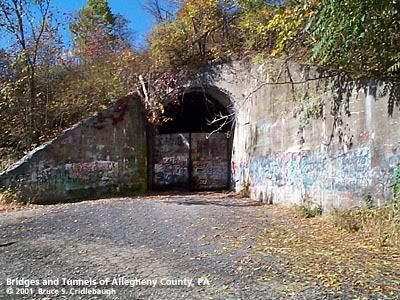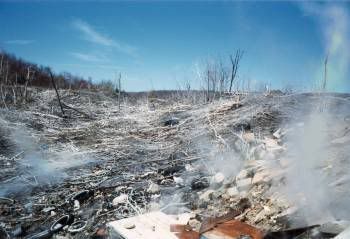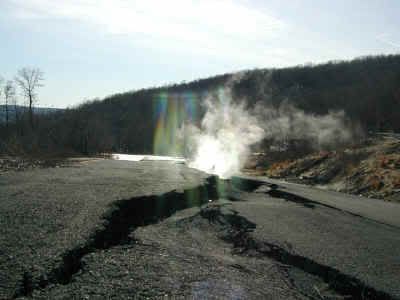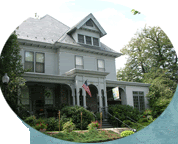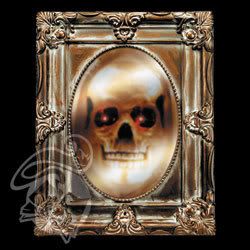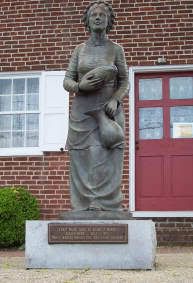
Image from the Jennie Wade House
There's a whole lotta lore connected with this Baltimore Street home. Jennie - her given name was Mary Virginia Wade - and her sister lived in half of the Gettsyburg duplex while the pivotal Civil War conflict raged around them.
Jennie was baking bread for the Union soldiers on July 3rd, 1863 when a rebel bullet, allegedly fired from a nearby sniper's nest set up in the Farnsworth House, went through two doors and caught her under the shoulder in the back, killing her within minutes. Jennie's body was laid out in the cellar, the only safe place in the house. She has the dubious distinction of being the only civilian killed during the battle (although others died from injuries after the fact.)
There are a covey of ghosties hanging around the house, now a museum. Jennie's still there, and you can sometimes smell the aroma of baking bread and her rose scented perfume in the home.
Some people say she's there still awaiting word on her beau, Sgt. Jack Skelly. A soldier friend was supposed to check on him for her, but was killed at Culp's Hill before he could find her. (Skelly, by the way, died as a Confederate POW from battle wounds. Not a very good day for Jennie.)
Her dad's spook is supposed to be in the house, too. He was said to have lost his mind and ended his days in the poor house because he wasn't at the house protecting his daughter when she died, and held himself responsible for her death.
Other stories say he's bitter because he wasn't allowed to attend Jennie's funeral, or that his mental state was such that he didn't realize Jennie was dead and would wander into the cellar looking for her.
Needless to say, he's not considered a very congenial spirit to bump into and causes a bit of poltergeist activity in the basement, mainly consisting of the aroma of cigar smoke, twirling the guide post chain, and leaving a feeling of deep sadness that blankets the room.
But there are some very friendly spirits scattered around the Wade house. An orphanage a few doors down the street was said to be run by a sadistic director, and Jennie and her sister would let the children play in their house. They're still there.
The kid's ghosts are a very touchy-feely bunch of rugrats. They've been known to say "Hi" to tour guests and follow them around the museum. They like to hold hands, and tug at your ankles, coats and jewelry, still craving attention. They play with the beds upstairs. That may be the greatest compliment to Jennie and her sister - the everlasting affection of the neighborhood orphans. But she does have one more honor.
Her grave, marked by the Mary Virginia Wade monument in Evergreen Cemetery, flies the flag 24 hours a day by Presidential decree. She's the only American woman besides Betsy Ross to be given that honor.

